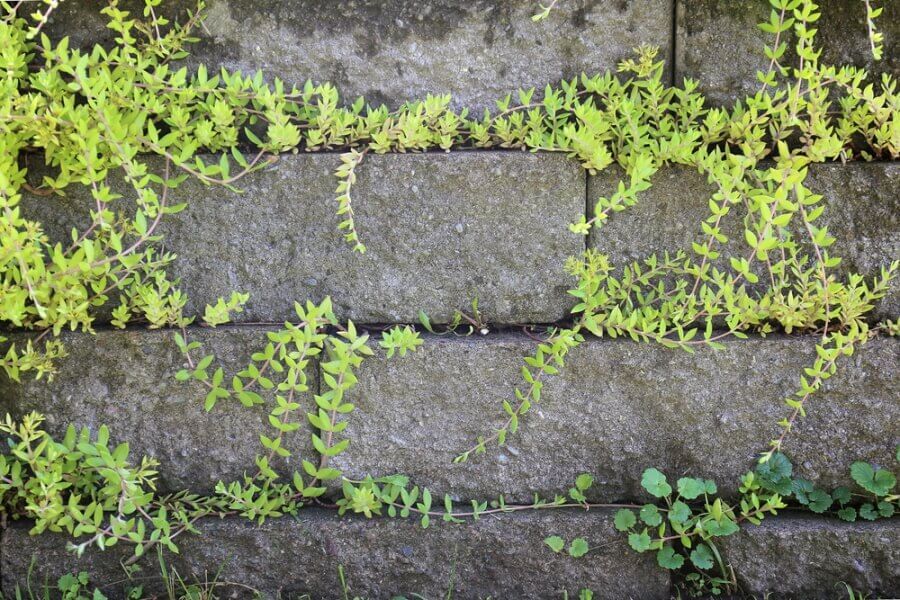Many homeowners have retaining walls on their property to prevent soil erosion and to create level outdoor spaces. If you have a retaining wall, it is important to inspect it regularly and take steps to prevent damage.
3 Ways to Prevent Damage to Your Retaining Wall
-
Check for cracks regularly and repair them promptly.
Cracks are the most common cause of retaining wall failure. They can be caused by settlement, poor construction, freeze-thaw cycles, plant growth, or poor drainage. Inspect your retaining wall regularly for cracks, and repair them as soon as possible using hydraulic cement or masonry epoxy.
-
Make sure the drainage behind your retaining wall is adequate.
Poor drainage is the second most common cause of retaining wall failure. When water builds up behind a retaining wall, it can put pressure on the wall and cause it to lean or even collapse. To ensure proper drainage, make sure there is a gravel base behind the wall and that weep holes are present at the bottom of the wall.
-
Don’t allow plant growth on or against your retaining wall.
Plants can also cause damage to retaining walls. The roots of trees and shrubs can grow under a retaining wall and lift it up, while vines can grow on top of a wall and crack the mortar joints over time. To prevent plant damage, trim any trees or shrubs that are growing near the wall, and remove any vines that are growing on it.
Retaining walls are a great way to prevent soil erosion and create level outdoor spaces. However, they need to be properly maintained in order to function properly. Inspect your retaining wall regularly for cracks and repair them promptly. Make sure there is adequate drainage behind the wall, and don’t allow plant growth on or against it. By taking these simple steps, you can prevent damage to your retaining wall and extend its lifespan.

